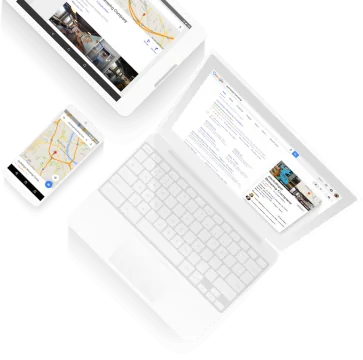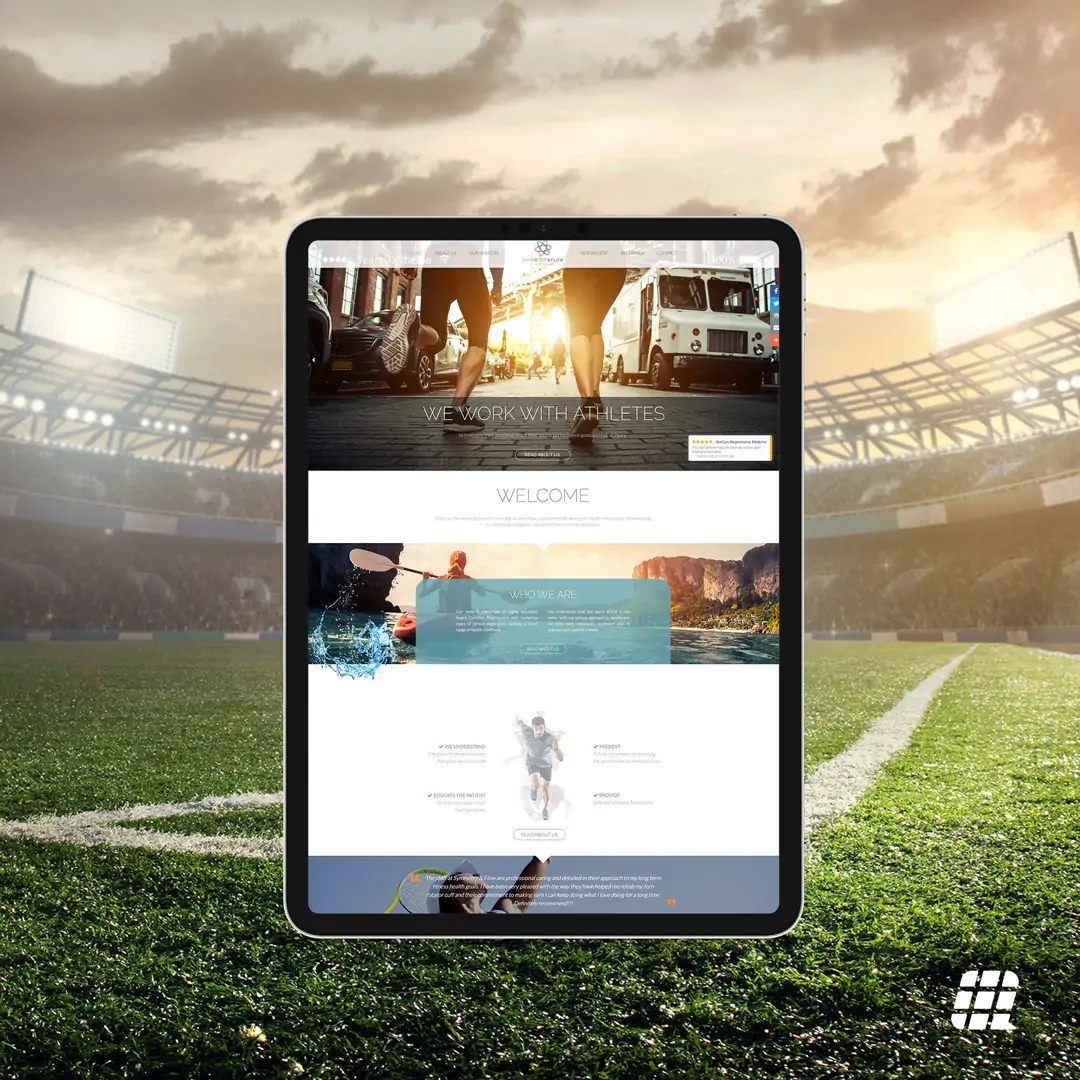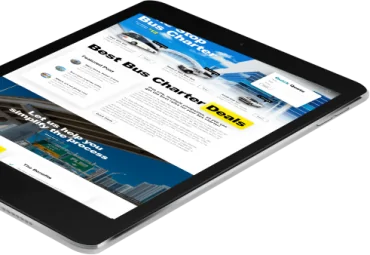 If you want your web pages to appear at the top of the Google Search Engine Results Page for your keywords, you have to use the most effective SEO techniques.
If you want your web pages to appear at the top of the Google Search Engine Results Page for your keywords, you have to use the most effective SEO techniques.
Here are 10 fast and easy SEO-related things you can do to instantly improve your page rankings:
- Don’t include characters like “&” and “?” in your permalinks. Google doesn’t like them and they can slow things down.
- To make your content more readable, separate ideas and phrases with hyphens whenever possible.
- But don’t use underscores (__) instead of hyphens because these can confuse the search engines.
- Any time you include an image or photo, always create alt tags and descriptions that include your keywords.
- Anytime you can — if appropriate — use internal linking. This is when you link to somewhere else within your page or website, rather than to an external page or document. Search engines like to see internal links and will rank your pages higher if you have them.
- Use sticky posts when possible. These are posts that include a lot of links that keep you on the page, rather than being sent off to another site.
- Include a category description paragraph on your page.
- Encourage page visitors to subscribe to your website, blog or other content using a category specific RSS feed.
- Make sure you understand the target audience you are addressing. If necessary, do some research by looking at other pages that are aimed at the same audience you want. Then update your content appropriately.
- Speaking of updating content, make sure you are continually providing high-quality content that your page visitors can actually use in their everyday lives. This will make it more likely that they will return to your pages again and again.
Use these 10 fast and easy SEO tips to improve the SERP rankings of your web pages so you can attract more visitors.










 George Orwell’s book “1984” described a dystopian future in which the government – in the form of “Big Brother” – was constantly keeping tabs on everything its citizens did and said.
George Orwell’s book “1984” described a dystopian future in which the government – in the form of “Big Brother” – was constantly keeping tabs on everything its citizens did and said.
 Have you noticed that there are a lot more videos now as you scroll through your Facebook stream? And that the number of links to videos on Twitter and other social media sites also has increased?
Have you noticed that there are a lot more videos now as you scroll through your Facebook stream? And that the number of links to videos on Twitter and other social media sites also has increased?